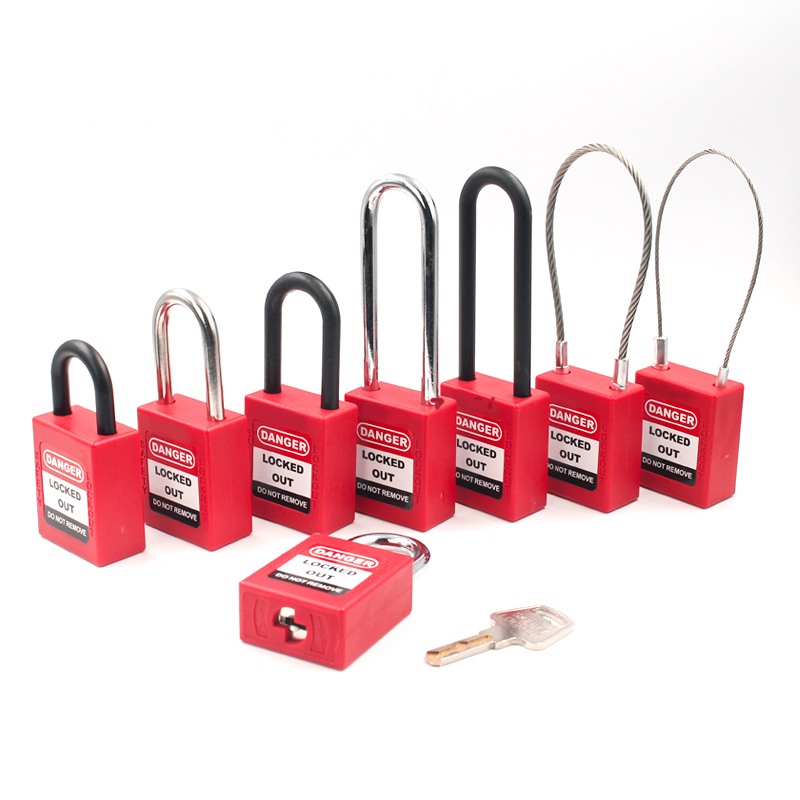Title: The OSHA Lockout Tagout Procedure: Ensuring Safety with LOTO Isolation and Equipment
Introduction:
Worker safety is of utmost importance in any industry, and the Occupational Safety and Health Administration (OSHA) has established stringent regulations to ensure the well-being of employees. Among these regulations, the OSHA Lockout Tagout (LOTO) procedure plays a vital role in preventing hazardous energy releases while employees are engaged in maintenance and servicing activities. This article aims to provide comprehensive information about the OSHA Lockout Tagout procedure, including LOTO isolation procedures and the essential equipment involved in its implementation.
Importance of the OSHA Lockout Tagout Procedure:
The OSHA Lockout Tagout (LOTO) procedure is designed to safeguard workers from unexpected energy releases, preventing accidents, and potentially fatal injuries. It extensively covers equipment and machinery across various industries, including manufacturing, construction, and chemical plants. By implementing LOTO protocols, employers ensure that employees are protected from electrical, mechanical, and thermal energy sources.
LOTO Isolation Procedure:
The LOTO isolation procedure involves a standardized set of steps to de-energize and isolate equipment, machinery, and power sources. This procedure requires the following key elements:
1. Notification and preparation: Prior to initiating the LOTO process, employees must notify affected individuals, conduct a comprehensive risk assessment, and gather necessary information about the equipment or machinery.
2. Equipment shutdown: The next step is to shut down the machinery or equipment, following the manufacturer’s guidelines or standard operating procedures (SOPs).
3. Energy isolation: Isolating energy sources involves disconnecting, blocking, or controlling the flow of energy. Switches, valves, or other locking devices should be used to prevent accidental re-energization.
4. Lockout and tagout: After energy isolation, a lockout device should be applied to each energy source. A tag containing pertinent information, such as the employee’s name, date, and reason for lockout, should also be attached as a clear visual warning.
5. Verification: Before any maintenance or servicing work begins, a thorough verification is essential to ensure that all energy sources have been successfully isolated and de-energized.
Essential LOTO Equipment:
LOTO equipment plays a crucial role in implementing the procedure effectively. Some key equipment includes:
1. Lockout devices: These devices physically prevent energization of the equipment during maintenance or servicing. Examples include lockout hasps, valves, circuit breakers, and electrical plug lockouts.
2. Tagout devices: Tags provide additional warning and information related to the LOTO process. They are usually attached to lockout devices and have various designs and standardized information.
3. Padlocks: Locks serve as the primary means of securing energy sources. Each authorized employee should have their padlock, ensuring that only they can remove it after completing the maintenance task.
4. Personal protective equipment (PPE): This equipment includes gloves, goggles, helmets, and any other protective gear necessary to safeguard workers from potential hazards.
Conclusion:
The OSHA Lockout Tagout (LOTO) procedure is fundamental in promoting worker safety during maintenance or servicing activities. Adhering to the prescribed LOTO isolation procedure, including proper equipment usage, significantly reduces the risk of accidents and injuries caused by unexpected energy releases. Employers and employees must familiarize themselves with the OSHA LOTO guidelines, collaborate in implementing the procedure efficiently, and create a safer workplace environment for all.
Post time: Dec-02-2023







